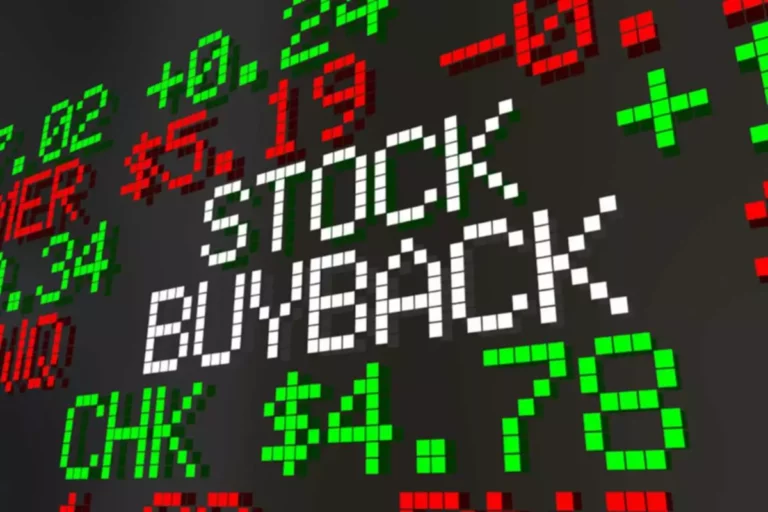Content
Investments in securities market are subject to market risks, read all the related documents carefully before investing. The contents herein above shall not be considered as an invitation or persuasion to trade or invest. I-Sec and affiliates accept no liabilities for https://www.xcritical.com/ any loss or damage of any kind arising out of any actions taken in reliance thereon.
What are the types of exchange traded derivatives?
So, Mr Y (counterparty) and Mr X entered an interest rate swap contract and started paying exchanged interest rates as defined. Under Forward contracts, no mark to market is there, and all the settlement happens in the end. In fact, institutional investors might opt to work directly with issuers forex crm and investment banks to create tailored investments that give them the exact risk and reward profile they seek. The SEC also has the authority to investigate and prosecute market participants who engage in illegal or unethical trading activity in ETDs. Arbitrageurs are typically sophisticated investors who use computer algorithms and other advanced trading techniques to identify and exploit pricing inefficiencies in the market. For instance, the Options Clearing Corporation (OCC) reported clearing nearly 830 million contracts in the month of February 2021 alone, up 47.4 percent compared to February 2020.
Exchange-Traded Derivative: Definition, Examples, Vs. OTC
- The VIX can be traded via options and futures, as well as through options of the ETFs that track the VIX, such as the iPath S&P 500 VIX Short-Term Futures ETN (VXX).
- These derivatives allow market participants to hedge their positions against price fluctuations, protecting against potential losses.
- OTCs are mainly available to big players in the market, like large corporations and major financial organisations.
- However, for successful trading, you must have a profound knowledge of the trends in the financial markets and define your investment objectives.
ETDs are traded on organized exchanges, such as the Chicago Mercantile Exchange (CME) or the New York Stock Exchange (NYSE), and are standardized contracts that can be bought and sold like any other security. ETD has been instrumental in modernizing finance by distributing access to traders of different capacities. what is an etd It has differentiated the capital market with all kinds of players, thus ensuring the movement of capital through access. It is possibly the best market to pre-empt risks and maximize gains with minimal upfront costs. ETDs are regulated by administrative bodies to promote fair markets, protect investors, and maintain market integrity.
Types of Exchange-Traded Options
Because OTC transactions involve a direct contractual relationship between two parties each counterparty has a credit risk to the other (i.e. the risk that one party will default on its obligation). To mitigate this risk, parties often use collateral agreements or credit derivatives. Another defining characteristic of exchange-traded derivatives is their mark-to-market feature. Mark to market means gains and losses on every derivative contract are calculated daily. This risk can be mitigated by trading ETDs on liquid markets and by carefully managing exposure to the underlying asset.
Speculators include individual investors, hedge funds, and other traders who seek to generate profits from buying and selling ETDs. Speculators are often characterized as adding liquidity to the market and promoting price discovery. ETDs are widely used by investors, traders, and corporations to hedge against price movements, speculate on future price changes, and arbitrage price discrepancies between different markets. ETDs play an important role in financial markets because they allow investors to manage risk and gain exposure to a wide range of assets without actually owning them.
Exchange-traded derivatives, which involve commodities as the underlying asset, are traded on price fluctuations. With a standardized contract, exchanged traded derivatives consist of options and futures mostly and traded on public exchanges. Determines expiry date, settlement process, lot size and states underlying instruments on which derivatives are created. By providing market based pricing information these derivatives promote transparency and liquidity.
The 2008 financial crisis prompted far greater regulatory interest in OTC derivatives and has resulted in specific and ongoing regulatory reform including the US Dodd-Frank Act, EMIR in Europe and ASIC in Australia. Liquidity in OTC markets can vary depending on the specific derivative and the counterparties involved. Some OTC derivatives may lack the depth of liquidity found in highly traded exchange-traded products. Over-the-Counter derivatives are financial contracts traded directly between two parties, without the involvement of an organised exchange or intermediary. OTC transactions are typically facilitated by dealers, brokers and financial institutions (e.g. banks). Many brokerage platforms offer ETD trading, making it relatively easy for retail investors to participate in derivatives markets.
These contracts are standardized and tradeable, making them highly liquid and easily accessible to investors. Exchange-Traded Derivative Contracts (ETDs) are standardized financial agreements traded on regulated exchanges. These include options and futures, whose value depends on the price fluctuations of underlying assets like stocks, indices, currencies, or commodities.
In conclusion, exchange-traded derivatives play a significant role in the global financial markets. They offer investors the opportunity to speculate on price movements, hedge against risk, and diversify their portfolios. Understanding the distinction between exchange-traded derivatives and OTC derivatives is essential for any investor looking to navigate the derivatives market. Commodities are widely used for derivative trading in most countries, with the first derivative exchange being the Chicago Board of Trade. Multiple exchanges offer trading opportunities in thousands of commodities, making it difficult to trade. Commodities markets were initially used to hedge risks but have recently become highly speculative.
An import-export organization might use currency futures to lock in currency rates for impending transactions. While offering advantages, ETD also comes with limitations and risks that investors should know. 11 Financial may only transact business in those states in which it is registered, or qualifies for an exemption or exclusion from registration requirements. 11 Financial’s website is limited to the dissemination of general information pertaining to its advisory services, together with access to additional investment-related information, publications, and links. Exchange traded derivatives are regulated by the Securities and Exchange Commission (SEC) and the Commodity Futures Trading Commission (CFTC) in the United States.
Standardisation is an essential feature of ETDs that helps increase their liquidity and enhances the determination of their value. The contract rules are already set and transparent, making it easier for everyone to trade. Trading parties can discuss specific terms, creating contracts designed to manage individual risks. However, the absence of a standardised way of trading with OTCs can make it harder to buy and sell them, increase the risks, and possibly make it more expensive to make transactions.

Standardisation – Each ETD’s contract has a specified expiration date, defined settlement process and lot size. The stock exchange establishes all these and other rules and regulations, resulting in consistency that eliminates any difficulties for market participants and the exchange regarding contract customisation. The information is presented without consideration of the investment objectives, risk tolerance, or financial circumstances of any specific investor and might not be suitable for all investors. The call buyer is expecting interest rates to decline/bond prices to rise and the put buyer is expecting interest rates to climb/bond prices to fall. VIX options are unique options in which the underlying is the Cboe’s own index which tracks the volatility of the S&P 500 index option prices.

This liquidity allows investors to quickly execute trades at competitive prices without significant price impact, thus reducing transaction costs and enhancing market efficiency. ETDs are an important financial instrument that play a critical role in financial markets. They allow market participants to manage risk, gain exposure to a wide range of assets, and promote price discovery and liquidity. An exchange-traded derivative (ETD) is merely a derivative contract that derives its value from an underlying asset that is listed on a trading exchange and guaranteed against default through a clearinghouse. Due to their presence on a trading exchange, ETDs differ from over-the-counter derivatives in terms of their standardized nature, higher liquidity, and ability to be traded on the secondary market.